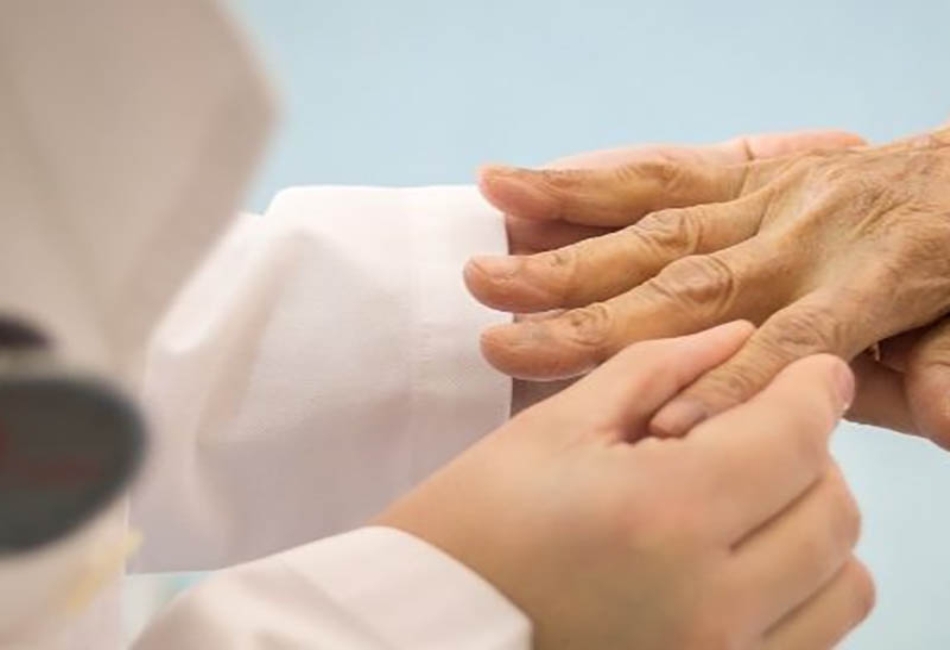Understanding Hair Loss and the Journey Toward Scalp Health & Confidence
Hair plays a meaningful role in how we see ourselves. It frames our face, reflects our personality, and often carries cultural pride and emotional identity. When hair begins thinning or falling out unexpectedly, it can feel unsettling — even overwhelming. For many people, hair loss isn’t just a physical concern; it affects confidence, daily routines, and even social comfort.
Among various hair concerns, one condition that often surprises people is sudden patchy hair loss. Unlike general thinning, it can appear rapidly, creating round or oval patches of exposed scalp. While it can be alarming, greater awareness and modern treatment approaches now offer renewed hope and support for those who experience it.
A Closer Look at Patch-Based Hair Loss
Hair doesn’t shed evenly. Our follicles operate independently, growing and resting at different times. Sometimes, though, the hair growth cycle becomes disrupted. Stress, genetics, immune triggers, and personal health history may all play a role. This disruption can cause hair to fall in patches, often without warning.
This type of hair loss can appear:
- On the scalp
- In facial hair (such as beard areas)
- Along eyebrows or eyelashes
- In other body hair regions
For many, the emotional impact can feel heavier than the physical change. Seeing noticeable patches in the mirror can bring worry, confusion, and frustration — especially when it appears suddenly or affects appearance in visible areas.
Why This Condition Happens
Science suggests that some forms of patch-pattern hair loss result from the body mistakenly interrupting the natural hair cycle. Hair follicles remain alive, but growth pauses. Triggers may include:
- Sudden emotional stress
- Autoimmune tendencies
- Hormonal fluctuations
- Previous health conditions
- Family history
- Environmental or lifestyle stressors
What’s important to understand is that this condition doesn’t necessarily damage follicles permanently — which is why many people experience regrowth once the underlying trigger is managed and scalp health is restored.
How Modern Hair Treatment Approaches Help
In the past, individuals facing sudden hair loss often felt helpless, unsure where to turn. Thankfully, today’s hair-care advancements prioritise tailored support, early intervention, and gentle, science-guided solutions.
Modern approaches often focus on:
- Strengthening existing hair roots
- Encouraging follicle awakening
- Calming scalp inflammation
- Supporting healthy hair cycle recovery
- Improving scalp micro-circulation
- Enhancing nutrient delivery to follicles
This is not about overnight results or harsh methods — it’s about working with the scalp’s biology to promote recovery and resilience.
The Role of Professional Guidance
Hair loss can be complex, and every person’s experience is unique. Seeking professional evaluation early often leads to better outcomes. Specialists can observe scalp patterns, understand potential contributing factors, and recommend supportive care that aligns with your situation and comfort level.
Personalised plans may involve:
- Scalp strengthening treatments
- Nourishing topical formulas
- Low-level light stimulation
- Lifestyle and stress-support recommendations
- Gentle medical-aesthetic hair therapies
The right guidance makes a big difference — not only for results, but also for peace of mind.
Emotional Healing Matters Too
Hair loss isn’t just physical; it affects self-image. Many people describe feeling vulnerable, avoiding hairstyles they love, or becoming overly conscious about lighting, photos, or social interactions. It’s completely normal to feel this way.
Modern hair care also embraces emotional support by offering:
- Assurance that improvement is possible
- Education to replace fear with understanding
- A structured plan to rebuild hope and confidence
- Encouragement to celebrate small progress steps
Regaining hair often goes hand-in-hand with regaining self-assurance — and both are equally important.
What Progress Can Look Like
With consistent care, many people begin seeing positive signs such as:
- Reduced patch expansion
- Baby hairs emerging around affected areas
- Fuller appearance as hair cycles restart
- Improved scalp comfort and strength
- Steadier, healthier regrowth patterns
Hair growth is gradual, and every journey is different — but meaningful change is possible with time and patience.
A Gentle Reminder for Those Experiencing This
If you are noticing patch-based hair loss, you are not alone — and you are not without options. Early professional guidance, combined with supportive scalp care, can make a meaningful difference. Individuals searching for specialist support often explore dedicated solutions like alopecia areata treatment singapore to understand tailored approaches for restoring healthy growth cycles and protecting long-term scalp wellness.
Final Thoughts
Hair loss can feel like a setback, but it is also a journey of resilience — one where science, support, and self-care come together. Modern treatments offer renewed hope to those facing sudden hair changes, helping restore not just hair growth but emotional strength and self-belief.
Healing takes time, patience, and the right guidance — but each step brings you closer to confidence, comfort, and a renewed sense of self.
Healthy hair is more than strands — it’s reassurance, identity, and pride. And with today’s advanced care pathways, many individuals are finding their way back to all three.







